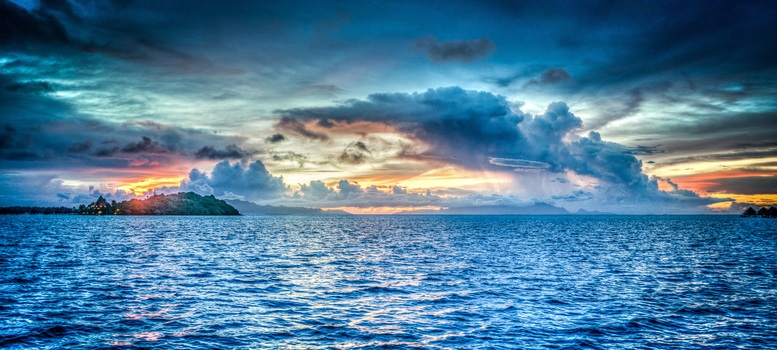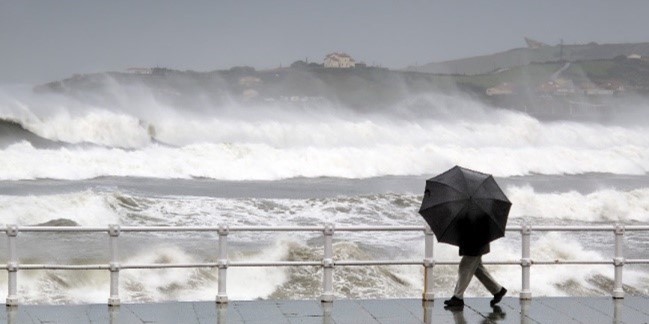International Day for the Preservation of the Ozone Layer 2023
The International Day for the Preservation of the Ozone Layer is celebrated on Saturday 16th September. The day marks the universally ratified Montreal Protocol coming into place in 1987, setting out “to control total global production and consumption of substances that deplete” the ozone layer. Preservation of the ozone layer is significant as its deterioration has adverse implications coming with rising ultraviolet radiation.

Awareness around the preservation of the ozone layer brings significance to understanding its consequential effects on flooding. As outlined on World Economic Forum, the hole in the ozone layer has altered weather systems. Extreme weather has become increasingly likely, namely in the Southern Hemisphere’s summer months. Research has evidenced this, suggesting the ozone layer had a role to play in flooding in Australia during its summer months due to precipitation changes in in the area.
Intense rainfall can lead to flooding as a result of standing surface water, if the area is unprepared with ineffective drainage methods and unaware of the prospects of flooding. On the flip side, extreme droughts can also cause areas to be at greater risk of flooding during intense rainfall periods. The baked soil from a lack of rainfall is then less able to absorb the large volumes of water attributed to thunderstorms. Additionally, greater radiation resulting from ozone depletion ultimately contributes to warming the Earth’s atmosphere. Thus, there are larger risks of sea level rise as glaciers melt and sea surface water expands, subsequently making flat land around vulnerable coastal areas more susceptible to flooding.

There are clear implications that come with the hole in the ozone layer. This blog discusses how flood risk increases with ozone depletion. Therefore, it is vital that we continue to mitigate its deterioration. With the expectation of the ozone hole across different areas of the world closing by the 2060s, it is important to keep on track to continue global efforts.